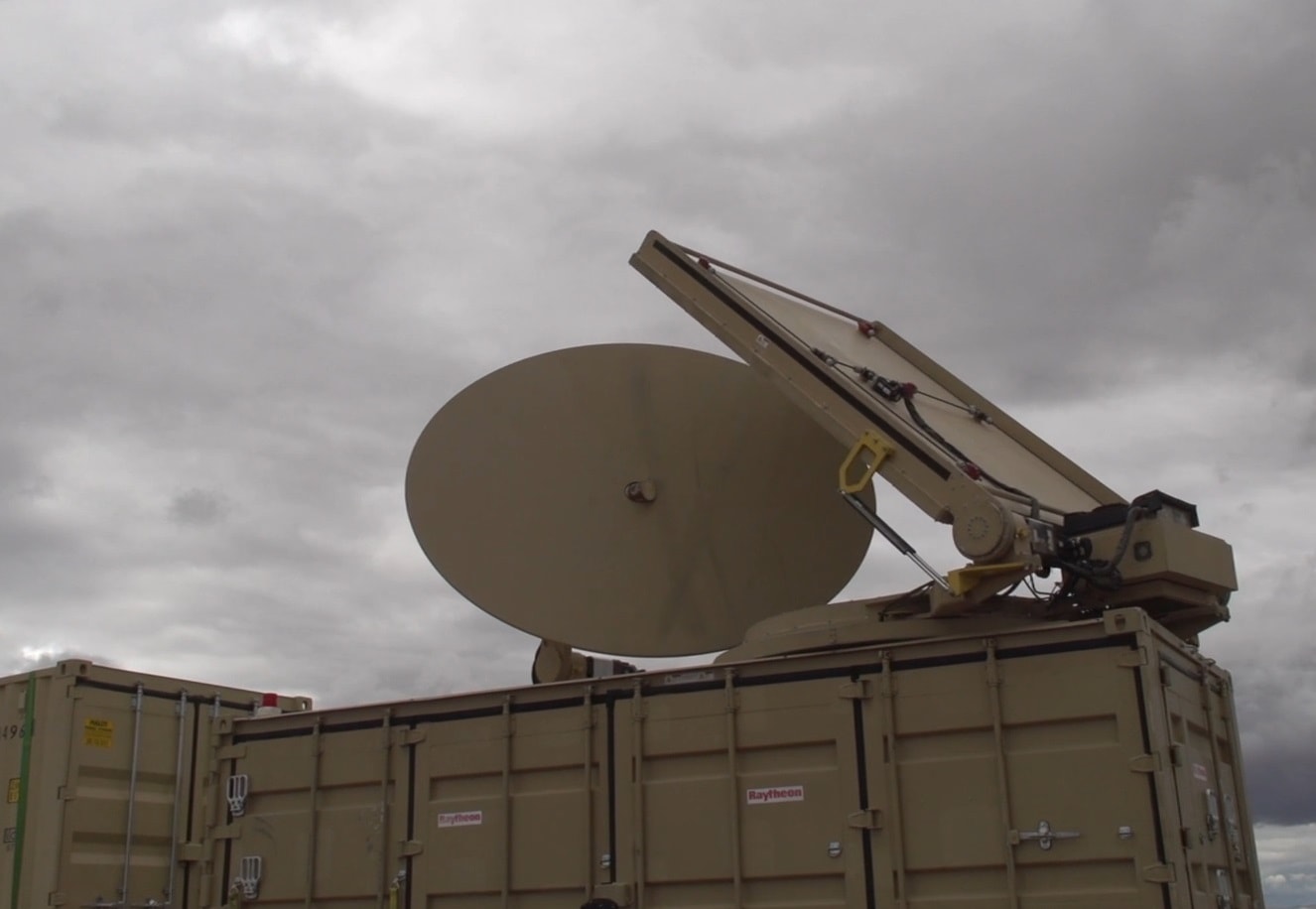
U.S. defense contractor Raytheon Company has announced that it’s developing a high-power microwave system to knock drones out of the sky.
Raytheon has confirmed reports it is working on a microwave weapon system and will deliver a prototype microwave gun to be deployed to troops overseas under a U.S. Air Force contract.
Raytheon’s high-power microwave (HPM) system uses directed energy to take down drones. HPM’s wide beam can disable multiple targets at one time. The contract follows a separate Air Force contract in which Raytheon will build two prototype high-energy laser systems, also to be deployed overseas. The HPM and HEL systems can be used independently or together to counter-unmanned aerial system threats.
“There’s more than one way to defeat a drone,” said Dr. Thomas Bussing, Raytheon Advanced Missile Systems vice president. “We are delivering the world’s first defensive directed energy systems that can be used alone or in tandem to defeat enemy drones at the speed of light.”
The HPM and HEL contracts follow successful demonstrations of Raytheon’s directed energy systems for the Air Force and the U.S. Army.
As also previously reported that Raytheon has been awarded a $16,2 million contract by the Air Force for one prototype Phaser high power microwave system, according to a statement issued by U.S. Department of Defense.
This agreement provides for outside continental U.S. (OCONUS) field assessment for purposes of experimentation. Experimentation includes, but is not limited to 12 months of in-field operation by Air Force personnel against unmanned aerial systems threats. In addition, experimentation includes but is not limited to operator training, in theater maintenance of systems while collecting availability (full mission capable, partial mission capable, non-mission capable), reliability, maintainability and supportability data, and system operation against real-world or simulated hostile vignettes without disrupting other necessary installation operations.
The location of performance is OCONUS and is expected to be completed by Dec. 20, 2020.